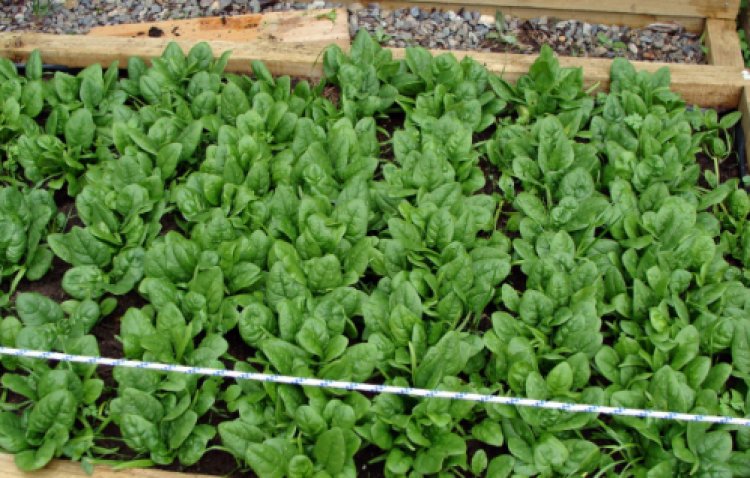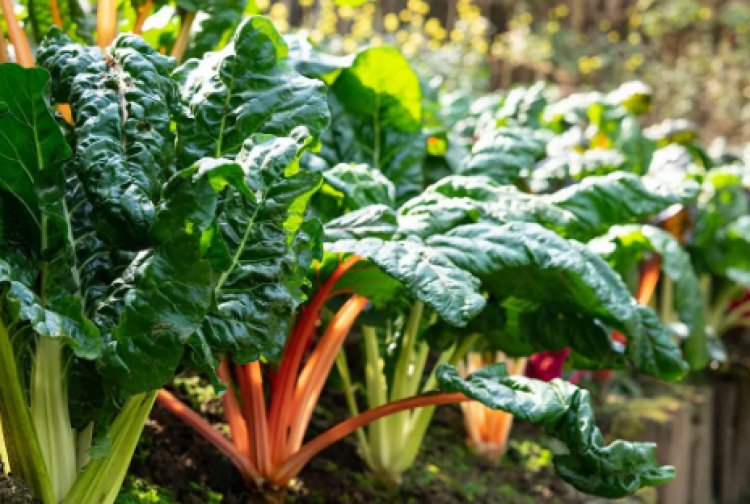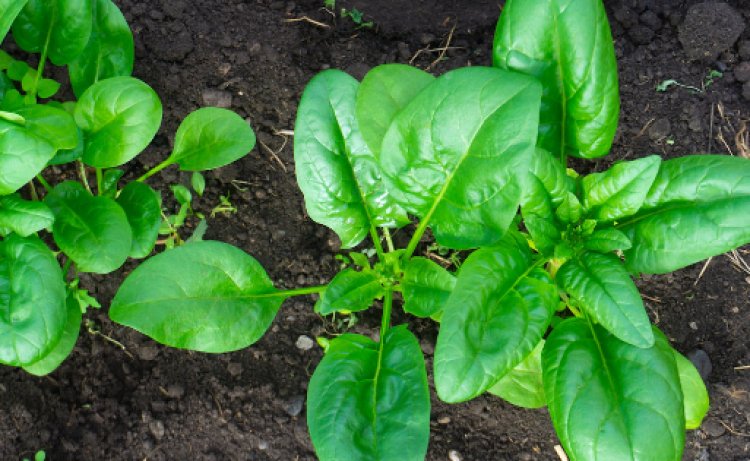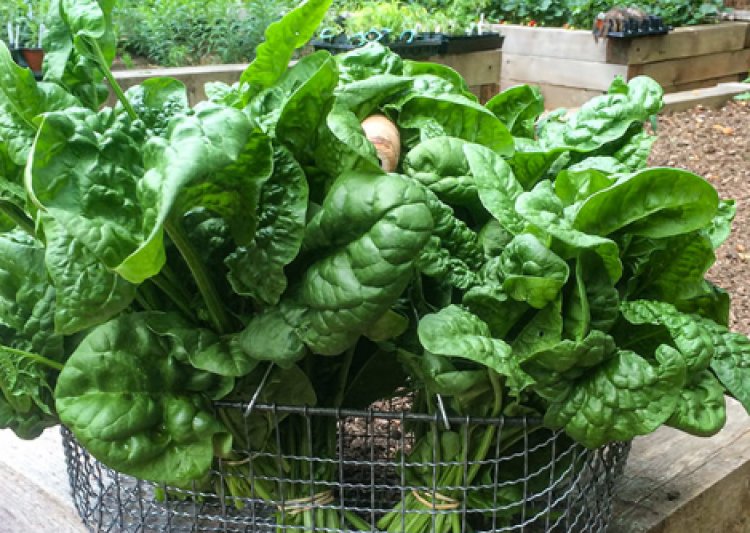How To Grow Spinach From Seed In Kenya
Growing spinach at home is so simple and the entire process from planting seeds to harvesting fresh vegetables from the garden takes just 60 days.

Varieties of spinach you can grow in Kenya
Spinach varieties include Giant Noble, Early Hybrid No. 7, Savoy Spinach, Bloomsdale Spinach, Tyee Spinach, Regiment Spinach, Catalina Spinach, Red Carnival Spinach, Ford Hook Giant, King of Denmark New Zealand Spinach, and Malabar Spinach.
Basic requirements for spinach growing
Spinach requires the following basic requirements for them to grow nice and leafy;
Soil pH of 6.5 to 7
Well-drained soil that is rich in organic materials, such as compost or composted manure.
Germination Range: -10 to 22 degrees Celsius.
Sunlight
Water

Growing Spinach Indoors
If you are growing spinach on your balcony or in containers, make sure there is a good balance of light and shade in the location where you intend to sow the seeds. Ensure that the soil has a pH range of 6.5 to 7 and is well-drained. Additionally, you can add extra nutrients in the form of compost or manure to the soil to make it even more fertile.
Prepare the soil with old manure at least one week before you plan to plant the seeds. It is recommended to plant the seeds 3 to 4 inches apart and half an inch deep into the soil. The plants will have more room to grow and spread their roots as a result.
Make sure the soil is moist during germination to speed up the process. Thin the plants to a height of 2" to 3" as soon as the seedlings reach that height.
You should always keep an eye on how much water you are feeding your plants. The soil must be kept moist at all times. You shouldn't overwater them, it is best to water your plants in the morning so they have all day to absorb the water.
Your spinach should be ready for the first harvest in approximately 60 days 45-50 days if cared for properly.

Bolting is an additional typical issue with spinach plants, your spinach plants are bolting if they are going to seed. This could happen as a result of inadequate moisture, excessive sunlight, or excessive heat during the growth process's final phases.
Bolting can be avoided by either pulling off the plants right away to prevent the leaves from turning bitter and becoming unusable. Better yet, you may allow your spinach plants to flower so you can take advantage of the lovely springtime blooms and save the seeds for the next year.
Taking care of your spinach plants
Fertilization: Any plant's growth process requires fertilization as this guarantees that you will have a good yield by harvest time. Utilizing organic fertilizers like kitchen waste is advised.
Pests and diseases: You can use natural methods like neem oil to get rid of the unpleasant pests like cutworms, flea beetles, slugs or snails, aphids, and leaf miners. To prevent the pests from maturing and spreading to the rest of the plant, simply cut the infected portion of the leaf.
Companion planting for spinach
Asparagus, Brussels sprouts, cabbage, celery, dill, eggplant, lettuce, onions, peas, peppers, radishes, strawberries, and tomatoes are examples of companion plants.
Harvesting spinach

Spinach are ready for harvest within 45 - 60days from planting depending on different circumstances. As soon as there are 5–6 fully-formed leaves on each plant, you will know your crop is ready for harvest. Within one week of the plants reaching maturity, harvest your crop, do not let them overstay.
Don't wait too long to harvest the crop after it has reached maturity because doing so could cause the leaves to become bitter.
Storing harvested spinach leaves
Spinach can stay fresh in the refrigerator for 10–14 days at a temperature of 5–10°C if you decide to save it for later use. However, before keeping the leaves, make sure to properly wash them and remove any yellow leaves.


























